The big head is a calcium deficiency in horses, and donkeys grazing introduced tropical pasture grasses. Big head in horses is caused by crystals of calcium oxalate in the grass blades that prevent the horses from absorbing calcium from the grass during digestion. Cattle and sheep are not affected as rumen bacteria break down oxalates and release the calcium for absorption.
Clinical Signs of Big Head in Horses
Some or all horses on a high-risk pasture may develop the big head syndrome. The disease can occur within two months of horses being put on hazardous pastures but commonly take 6 to 8 months. Mares and foals are more common than stallion and geldings, but all horses can suffer from this disorder. The most common clinical signs of big head disease in horses are:
- Lameness– horses appear stiff and have a shortened gait.
- Ill Thrift– loss of condition on pasture that looks nutritious.
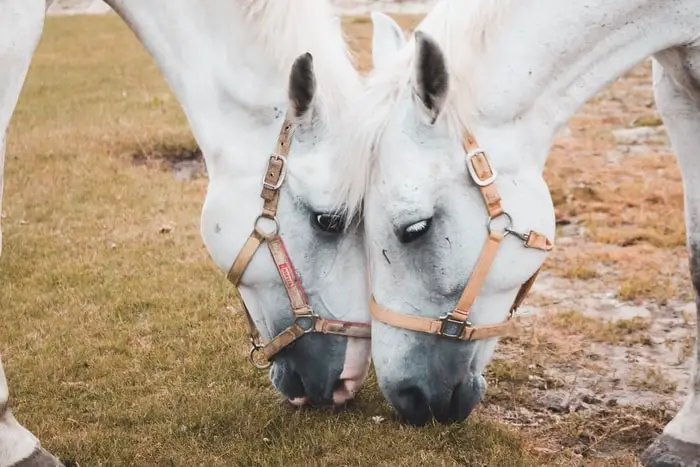
Which Grasses are Hazardous for Big Head?
Cases of the big head have occurred on pastures of the introduced tropical species buffelgrass, green grass, Setaria, Kikuyu, green panic, guinea grass, para grass, pangolin signal grass. Purple pigeon grass is also hazardous. The hazard is most significant when the grasses provide all, or almost all, the feed available. Native grasses have not caused the disease, nor have introduced temperate grasses such as ryegrass and sorgams.
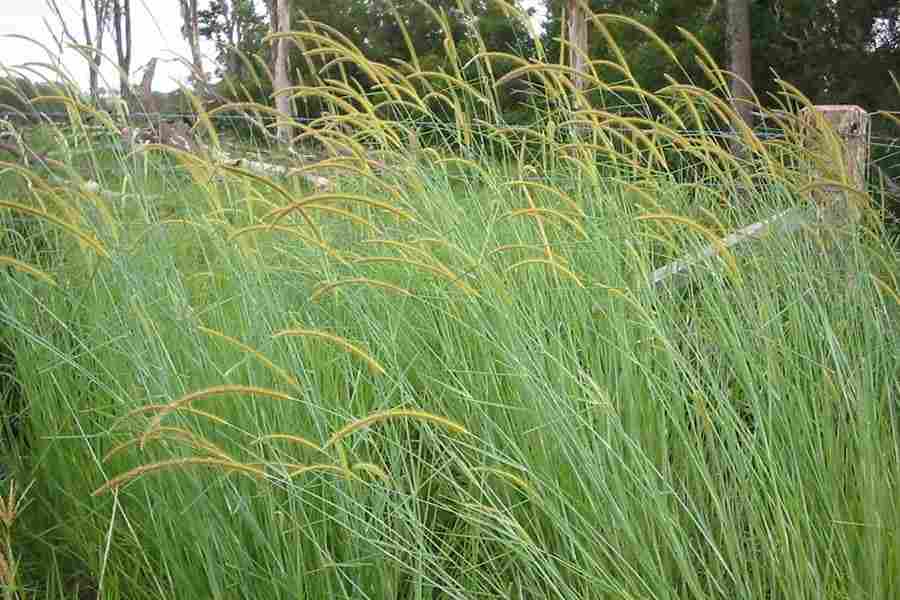
How Can Big Head in Horses Be Prevent?
The preventive measures of the big head syndrome in horses:
- Use native grasses where possible.
- Avoid pasture grazing horses on the grasses listed above for periods longer than one month.
- You can graze horses on these pastures if they have access to other “no risk” pastures. These include Rhodes grass, the paspalums, the couches, and creeping bluegrass.
- If only hazardous grass is available, encourage the growth of a legume component in the pasture to provide feed free of calcium oxalate and feed a supplement of calcium and phosphorus.
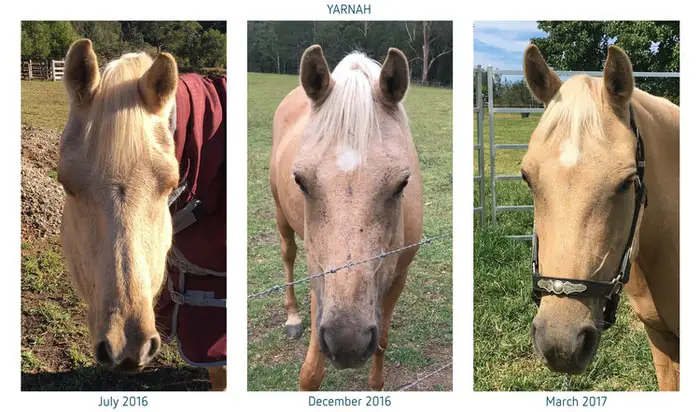
Mineral and supplement which will provide the required amount of calcium and phosphorus for horses include:
- 1 kg of low cadmium rock phosphate mixed with 1.5 kg molasses.
- 1 kg of a mixture of one-third ground limestone and two-third dicalcium phosphate (DCP) mixed with 1.5 kg molasses.
Either these two should be fed to every horse once a week while grazing risky pastures. The molasses is used as a helping agent and to make the supplement attractive. It can be omitted if the horses can be grazed to eat all the supplements by other means.
Do not be forced if your horses or donkeys eat their week’s supplement in 2 or 3 days. It contains enough minerals to last them the whole week. You may divide up the weekly supplement amount and feed it each day if you wish.
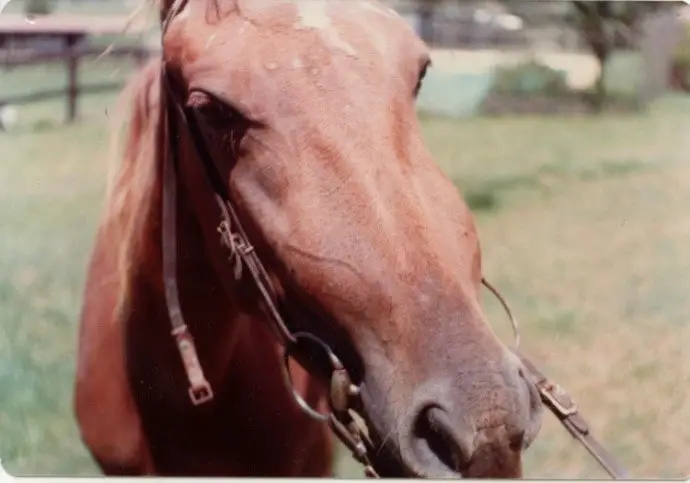
To provide approximately the same amount of phosphorous and calcium as the above mineral mixture, 20 kg of good quality alfalfa would need to be fed each horse weekly. Other mineral mixes that provide calcium: phosphorous ration 1.2:1 can be used but are likely to be more expensive than ground limestone or rock phosphate or DCP.
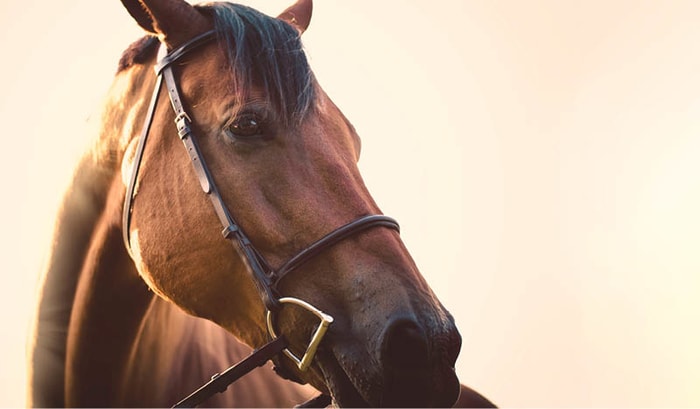
Can Big Head in Horses be Cured?
The lameness and ill Thrift can be cured. The swelling of the jaws may not entirely disappear if the animal was severely affected. Double the amount of mineral supplements listed should be fed to the affected animals for at least six months to replenish the mineral lost from their bones.